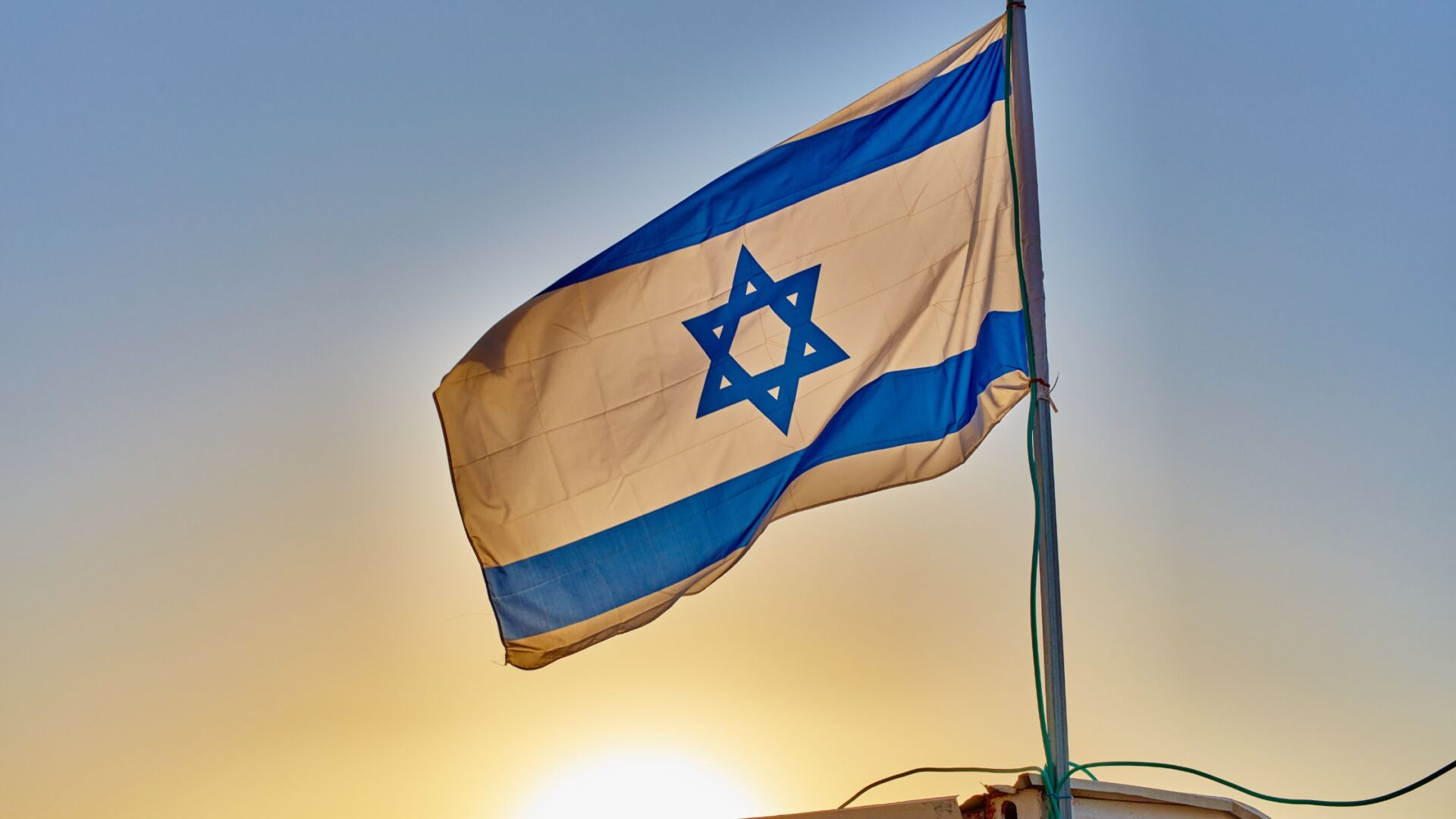Key Takeaways
- Ceasefire tensions between Israel and Hamas are rising again.
- Yousef Munayyer explains why this calm feels fragile.
- Leaders face pressure to keep fighting or to talk.
- Without action, violence may flare up quickly.
Ceasefire Tensions Mount in Gaza Conflict
The recent pause in fighting between Israel and Hamas seemed hopeful. However, new events have stirred ceasefire tensions. Many people worry that the calm could break at any moment. Reporters and analysts now watch closely for the next move.
A Fragile Calm Shakes
At first, both sides agreed to stop attacks. Civilians felt relief. Yet, shortly after, small clashes began again. Rockets flew one day. Air raids followed the next. Consequently, people said the ceasefire felt shaky.
Insights from Yousef Munayyer
Geoff Bennett talked with Yousef Munayyer about these shifts. Munayyer leads the Palestine/Israel Program at Arab Center Washington DC. He studies the region’s politics and conflicts. According to him, several factors fuel ceasefire tensions.
He noted that trust between both sides remains very low. Moreover, local leaders in Gaza face pressure from armed groups. Some want to push Israel harder. Others fear any deal might seem like a defeat. On the Israeli side, leaders face voters who demand safety. Therefore, politicians must show they can protect citizens.
Factors Driving Ceasefire Tensions
External Influence
First, outside countries shape events. Some support Hamas with money or weapons. Others back Israel with military aid. As a result, both sides feel encouraged to push their limits.
Internal Politics
Second, domestic politics play a big role. Leaders often use strong talk to gain votes. They may break or ignore deals to look tough. Thus, ceasefire tensions grow when politicians fear being seen as weak.
Humanitarian Needs
Third, people in Gaza need food, water, and medicine. Aid trucks still face barriers at border crossings. When vital supplies run low, frustration spreads. Consequently, small protests can turn violent. This feeds ceasefire tensions.
Regional Stability
Fourth, nearby conflicts can spill over. Fighters sometimes cross borders or fire from outside Gaza. Neighbors then get involved. This wider unrest raises the risk of a broader war.
Why Ceasefire Tensions Escalate
Even after a deal, both sides remember past breaks. They expect the other to break it again. Thus, neither fully trusts the terms. Instead of building bridges, they wait for signs of cheating. This cycle deepens mistrust.
Furthermore, each side sets tight conditions. Hamas wants to lift blockades and free prisoners. Israel demands security guarantees and hostages. These demands often clash. Negotiators then struggle to find a middle ground.
What Might Happen Next?
If ceasefire tensions keep rising, the deal could collapse. Fighting might restart within days. Civilians would again face rocket fire and air strikes. Hospitals and shelters could fill up fast.
However, there is still hope. Leaders might seek new talks. Third-party mediators could offer fresh terms. International pressure may push both sides back to the table. Moreover, local voices calling for peace might grow louder.
Why Dialogue Matters
Open talks help ease fears on both sides. They let negotiators adjust terms before violence flares. Dialogue also gives civilians a chance to share how war hurts them. In turn, this humanizes the conflict. Consequently, leaders might feel more pressure to protect lives rather than to fight.
Lessons from Past Deals
In past rounds, brief truces saved lives. Yet, they often lacked clear enforcement. Both sides worried that breaking rules had no cost. To avoid this, any future plan needs strong monitors. These could include UN observers or neutral mediators.
Meanwhile, agreed steps toward easing blockades and prisoner swaps can build trust. If people see small benefits, they may push leaders to hold the line. Thus, even minor progress can calm a tense situation.
Steps Civilians Can Take
Local groups can bridge gaps by organizing dialogue circles. Families affected by war can share stories to humanize each other. Youth can voice their desire for peace through art and social media. Such actions create a grassroots call for lasting calm.
International Role
Foreign governments can support peace by offering clear incentives. For instance, aid packages could speed up if the ceasefire holds. Conversely, support could pause if violence returns. This approach ties real consequences to ceasefire tensions.
Ultimately, no plan will please everyone. Yet, a fair deal offers the best chance to save lives. It must balance security needs and humanitarian relief. With timely action, leaders can turn a fragile calm into lasting peace.
Looking Ahead
As ceasefire tensions rise, everyone watches for new signs. Small clashes might signal bigger fights ahead. Alternatively, fresh talks could restore trust. In the end, ordinary people stand to gain the most from peace. They need it now more than ever.
Frequently Asked Questions
What triggers these ceasefire tensions?
Both sides set hard demands that often clash. Political pressure, outside influences, and humanitarian issues also push parties toward conflict rather than calm.
Who is Yousef Munayyer?
Yousef Munayyer heads the Palestine/Israel Program at Arab Center Washington DC. He studies politics in the region and advises on conflict dynamics.
What happens if the ceasefire collapses?
Fighting may resume quickly. Rocket attacks and air raids could harm many civilians. Hospitals may fill up, and aid deliveries might stop.
How can peace be restored?
Building trust through small steps helps. Dialogue, neutral monitors, and tying aid to calm periods can encourage both sides. Local and international efforts are vital.

